“The criterion of the scientific status of a theory is its falsifiability, or refutability, or testability.”
Graduate research at Cornell
I researched cold atoms and ultrahigh Q resonators, both individually and as coupled hybrid quantum systems... I worked on novel methods to create, manipulate and read out quantum systems. Such systems are ideal platforms for shedding light on questions regarding non-equilibrium physics of isolated quantum systems, the physics of (quantum) measurement, quantum-enhanced sensors and tests of macroscopic quantum theory.
In one of the labs — optomechanics with Silicon Nitride (SiN) membrane resonators — I and Hil Fung Harry Cheung (BA, Physics, Cornell ‘15) experimentally demonstrated for the first time how phase transitions, criticality and indeed a phase diagram itself are all crucially influenced by the nature of system-bath interactions. The novelty of our work relied on developing a way to and then implementing arbitrary non-Markovian system-bath interactions. Of course, alongside the empirical demonstration, we also developed the dynamic and critical theory underlying the realized dynamical phase transition. Our hope in the long run is that engineering such system-bath interactions, which are conventionally thought of as a bane to anything quantum, will be used to coax quantum systems into target states or phases.
In the same lab Srivatsan Chakram (PhD, Cornell ‘15), I and Laura Chang (BA, Physics, Cornell ‘15) had previously demonstrated the then highest quality factor room temperature SiN membrane resonators (Q>50e6), identifying the underlying dominant loss mechanism. Imaging the resonator vibrations allowed us to show that nominally degenerate modes in such resonators get hybridized, inducing a symmetry which reduces radiative losses! (A lesson learnt being that in order to ‘see’ something, one must look!) We also serendipitously discovered two-mode parametric coupling in these membrane resonators, which we used to realize a textbook version of two-mode squeezing and the dynamical phase transition that formed the basis of my above work with Harry. I and Harry, in fact, later demonstrated unprecedented levels (~ 40 dB) of transient two-mode squeezing in the same system. And building on our non-Markovian protocols, we moreover showed both theoretically and experimentally that conventional cooling and squeezing can be enhanced by orders of magnitude (we demonstrated >2 orders or magnitude) with non-Markovian system-bath interactions, compared to the case with the ubiquitous and commonplace Markovian interactions. This gives us hope that when our Engineering colleagues develop materials and systems where the interactions are non-Markovian, quantum state preparation and manipulation will be much easier than it is today…
In a second lab — the ultracold Rb lab — Mukund, I and Srivatsan studied how measurements on a quantum system, which can be thought of as inducing interactions of the system with its environment, influence its quantum evolution. In particular, we demonstrated the quantum Zeno effect through position measurements (imaging), i.e. the atoms in the quantum Rb gas stop tunneling completely if measured rapidly enough. Bringing the adage ‘a watched pot never boils’ into reality! In fact, the tunneling rate can be tuned continuously by tuning the measurement strength. The novelty in this work is that we had to first develop a non-destructive in-situ imaging technique. Which we did, along with Lauren Aycock (PhD, Cornell ‘17), by achieving unprecedented levels of Raman sideband cooling in shallow ultracold lattice gases, the by-product of which are the photons used to image the ultracold gas. Adaptations of this technique are already being routinely used in what are called Quantum Gas Microscopes in labs across the globe. More generally, we hope that measurements on quantum systems can be used as a resource to continuously tune their various properties, including transport. Our hypothesis is that measurement affords us a way to realize a controllably open quantum system, and like in the first lab, should therefore allow for creating target quantum states and novel quantum phases.
I built the third of Mukund’s labs — the ultracold Lithium lab — from ground up. Along with Srivatsan, Harry, Huiyao Chen (BA, Physics, Fudan ‘14) and Ivaylo Madjarov (BA, Physics, Cornell ‘16), I was replicating the success of our Rb Raman sideband cooling for both a bosonic and fermionic Lithium gas. I hope that the next generation of Mukund’s students build on the existing setup to study open quantum systems of fermions, among several other tantalizing proposals and ideas we’ve had over the years which harness the light mass of Li!
Additionally, I led several other optomechanical experiments with the help of exceptional undergraduates. Some unpublished highlights include the phononic-bandgap-enhanced Q-factor SiN resonators with Srivatsan and Laura, the study of dissipation in SiN resonators at cryo temperatures (4K) with Airlia Shaffer (BA, Physics, Cornell ‘15) and non-linear optomechanics with graphene drumheads with Airlia, Claire Warner (BA, Physics, Waterloo ‘17) and Aditya Date (MSc, IIT Kharagpur ‘13).
Previous works
Nondestructive imaging of cold atoms using Raman sideband imaging
Measurement induced localization of atoms in optical lattices
Nonlinear phonon interferometry at the Heisenberg limit
Understanding the dissipation in ultrahigh Q Silicon Nitride membrane resonators
Reservoir engineering the isolation of Silicon Nitride membrane resonators
Thermomechanical squeezing in quantum compatible Silicon Nitride resonators

